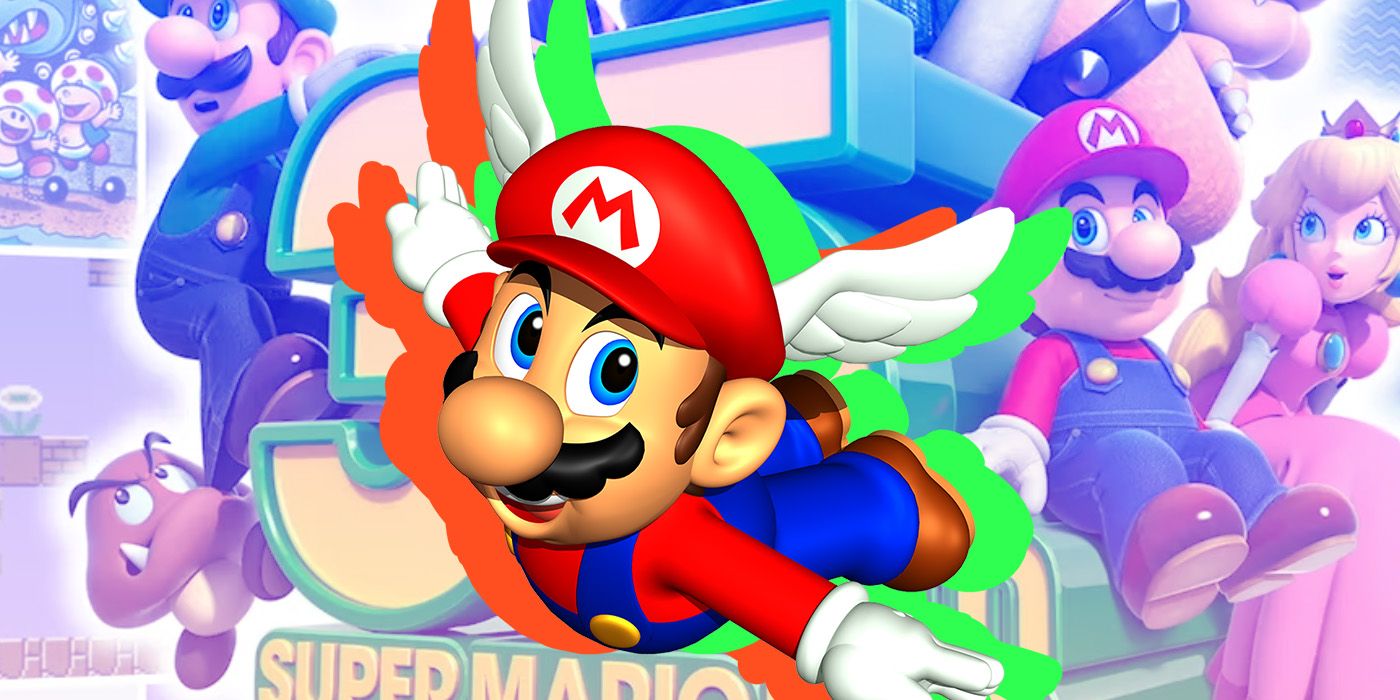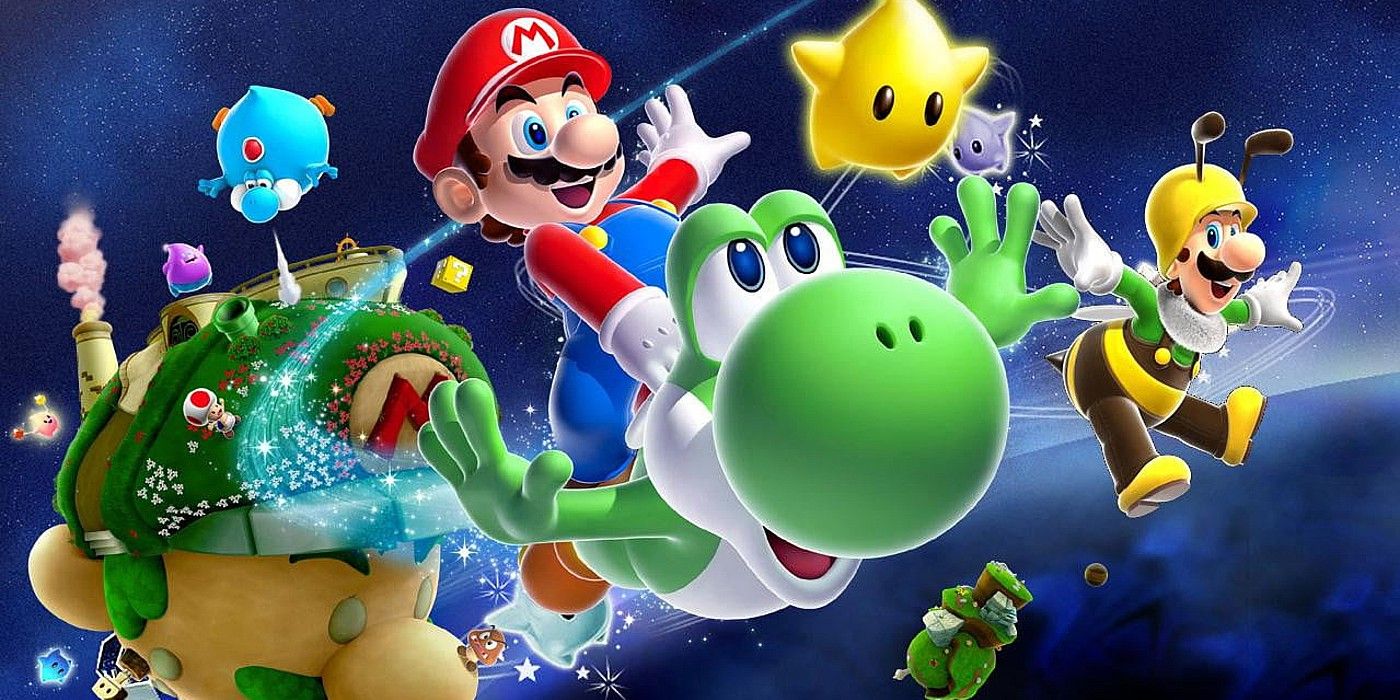As part of celebrations for its flagship Super Mario franchise's 35th anniversary, Nintendo has announced Super Mario 3D All-Stars, a compilation of the franchise's most influential 3D platformers. Set for release on the Nintendo Switch for a limited time, the upcoming collection includes 1996's Super Mario 64, 2002's Super Mario Sunshine and 2007's Super Mario Galaxy. However, one key 3D Mario title is noticeably not included in the anniversary collection: the 2010 Wii sequel Super Mario Galaxy 2.
Originally intended by director Koichi Hayashida to be an update to the original 2007 video game that reincorporated elements cut from Galaxy due to timing, Nintendo decided to commission the project as its own complete game. Set during the Mushroom Kingdom's Star Festival, as with the first game, Bowser becomes enlarged after consuming the Grand Stars to attack Princess Peach's Castle, kidnapping her once again to create a new empire at the center of the universe. Teaming up with the Lumas, Mario blasts off after his old enemy on the Starship Mario, a spacefaring planetoid modeled after his head, recruiting Yoshi, Luigi and the Toad Brigade along the way to save Peach and the cosmos from Bowser's latest plot.
Like the original Super Mario Galaxy, Super Mario Galaxy 2 holds a professional critics' score of 97 percent on review aggregate site Metacritic, with many critics lauding the game as just as good as its 2007 predecessor, if not better. This comparison carried over to Metacritic's user score, with Super Mario Galaxy 2's 9.1 user score edging out the original's 9.0 as it went on to become one of the bestselling games on the Wii. Critics lauded the sequel as a natural continuation of the original game with enough new material to stand on its own, like new power-ups and the ability to ride Yoshi in portions of the game to imaginative, progressively more challenging stage designs and improved cooperative multiplayer where the second player controlled Luma rather than just shooting Star Bits.
While Super Mario Galaxy 2's absence from 3D All-Stars is disappointing, it isn't entirely unanticipated. When reports first surfaced this past March that Nintendo was quietly working on remasters for several of its classic titles in preparation for a 35th anniversary release, Super Mario Galaxy 2 was conspicuously absent from the titles listed in the report. With Nintendo appearing to only focus on the original 3D platforming Super Mario games on its previous home consoles (Super Mario 3D World is getting its own enhanced release for the Switch in February 2021), the possibility of Super Mario Galaxy 2's inclusion in a remastered collection was always tenuous.
Without Super Mario Galaxy 2, the 3D All-Stars collection feels a bit incomplete. The original Super Mario Galaxy is missing its complementary title that significantly expanded upon its foundation to become of the most acclaimed titles in the franchise's history. More than just a follow-up, Galaxy 2 felt like the perfect companion piece to the original game, with both combined providing the definitive Super Mario experience for the Wii generation that continues to hold up a decade later. And for a collection that celebrates the biggest moments of the franchise as it moved into 3D platforming, 3D All-Stars is missing a vital piece of that expansive franchise history with this omission.
Published by Nintendo, Super Mario 3D All-Stars will be available on the Nintendo Switch from Sept. 18 through March 31, 2021.


